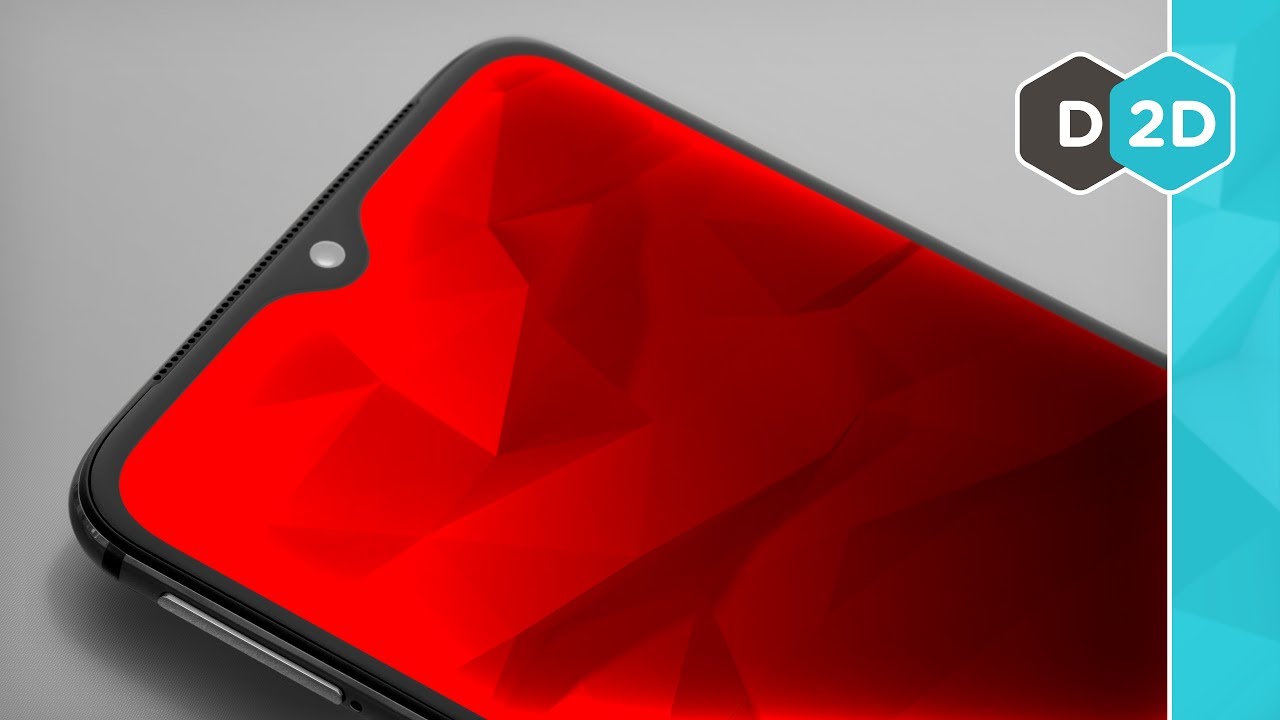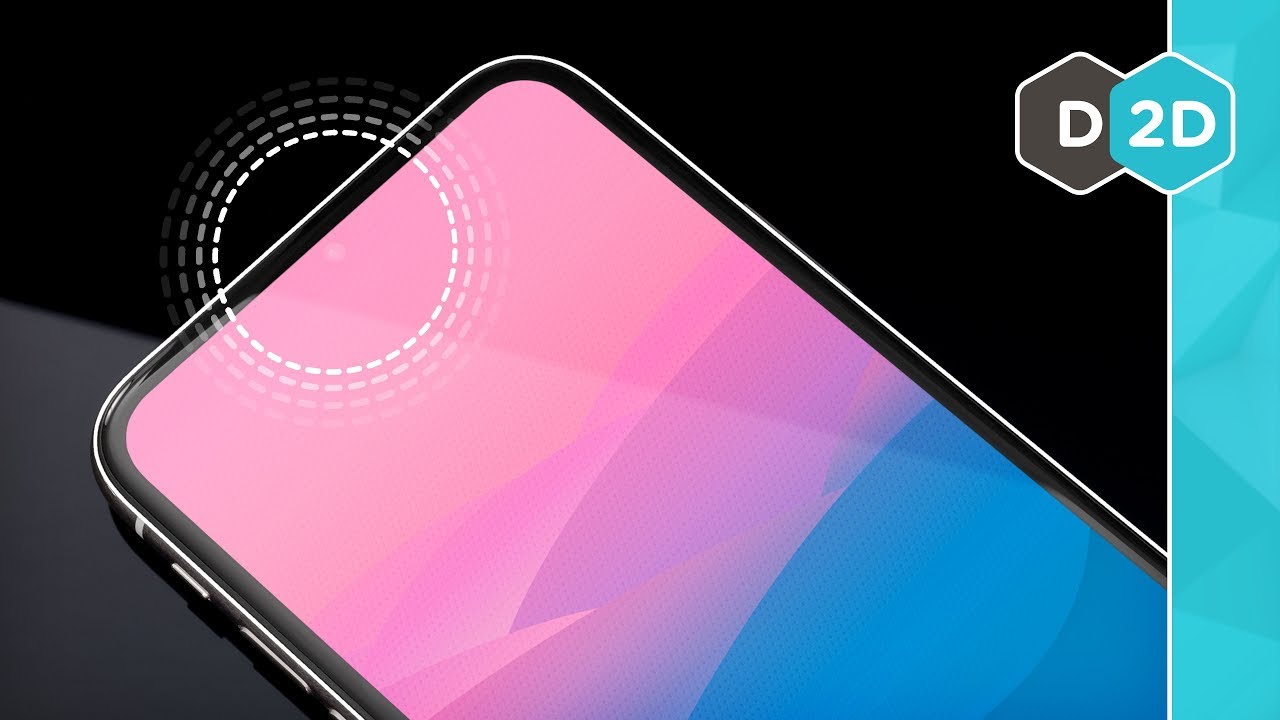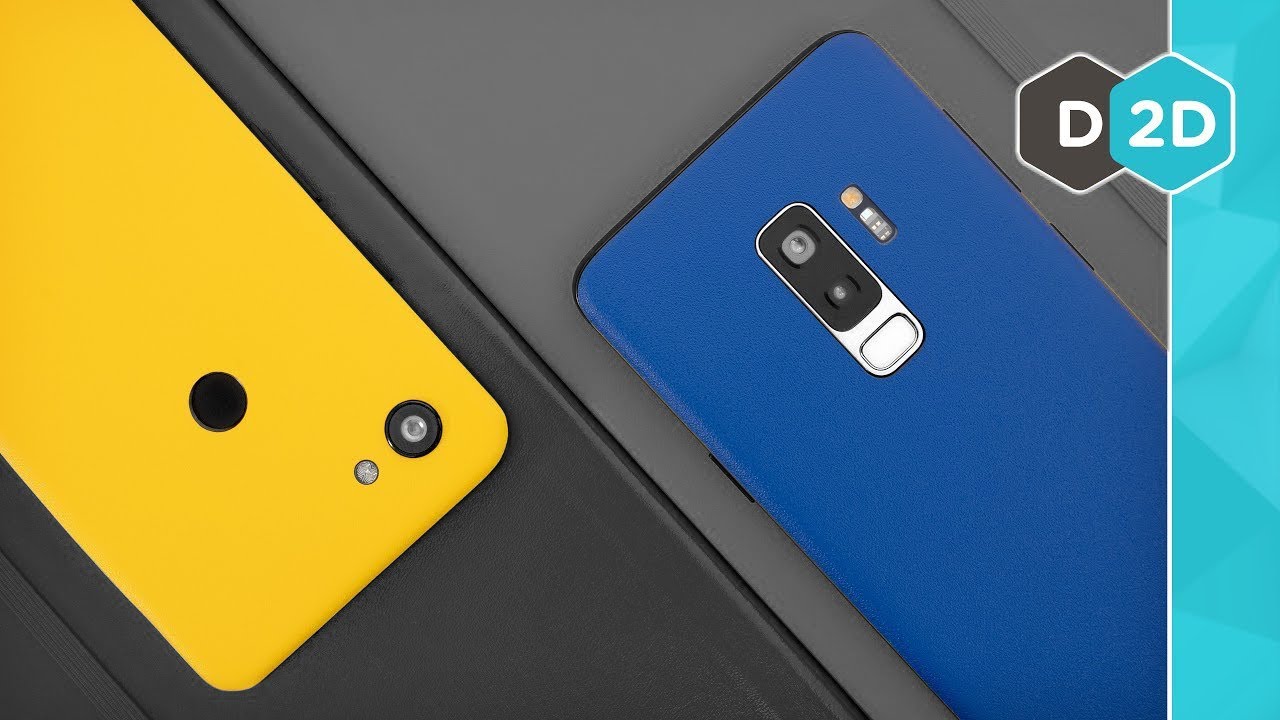
Ever since Google announced its cloud gaming service, Stadia, back in March 2019, there’s been a lot of speculation about what this means for the games industry.
How will a service that lets you play the latest games in your Chrome browser in seconds shake up the current status quo of hardware, digital distribution and disc-based media?
But this excitable hype overlooks the fact that the PC is well catered on the cloud gaming front, with several services that allow you to use everything from a low-end laptop to a Macbook Pro as a top-end gaming device.
We’ve decided to test and compare three of these services – Shadow, Parsec and Nvidia GeForce Now – against each other, and against Google’s upcoming Stadia.
We tested these services on a 100MBps down/10MBps up with a direct Ethernet connection.

GeForce Now
It’s more restricted than other services, as it doesn’t give you an entire virtual Windows machine to play around in. That means it only supports games specifically hand-picked by Nvidia, and at this point doesn’t support services like EA’s Origin (so no Battlefield or FIFA for you).
The GeForce Now games roster is very current however, featuring most new triple-A games as they’re released, as well as a substantial host of indie and mid-sized titles. You’re not likely to find games that are more than 10 years old here, but then your old PC is more likely to run those natively anyway, so GeForce Now stays true to the task of letting you play ‘The Latest Games’ on your old PC.
One of the perks of GeForce Now is that there’s no storage limit, and you don’t need to even install games on your virtual machine. You simply pick a game you own from the GeForce Now app, sign into Steam, Uplay or whichever gaming platform it’s on, then it’s added to your GeForce Now library and available to play almost immediately. It’s all very simple, right down to the streaming settings which just let you toggle between a few presets and a ‘Custom’ option (the max resolution is 1080p at this point).
On the ‘Balanced’ setting, the streaming quality suffers from almost no input lag, though it does occasionally lose connection and get a bit blurry in high-intensity 3D games. The fact that online shooters like PUBG are perfectly playable speaks to the quality of this service.
GeForce Now is free while it’s in beta (with no pricing structure planned as yet), but you’ll need to join a waitlist that can take months to get round to you. You can register for the GeForce Now beta here.
Verdict
A bit of an unknown quantity while still in beta, and it doesn’t give you a full…
http://www.techradar.com/news/google-stadia-vs-nvidia-geforce-now-which-is-the-best-cloud-gaming-service
















